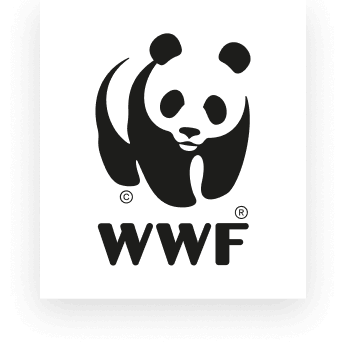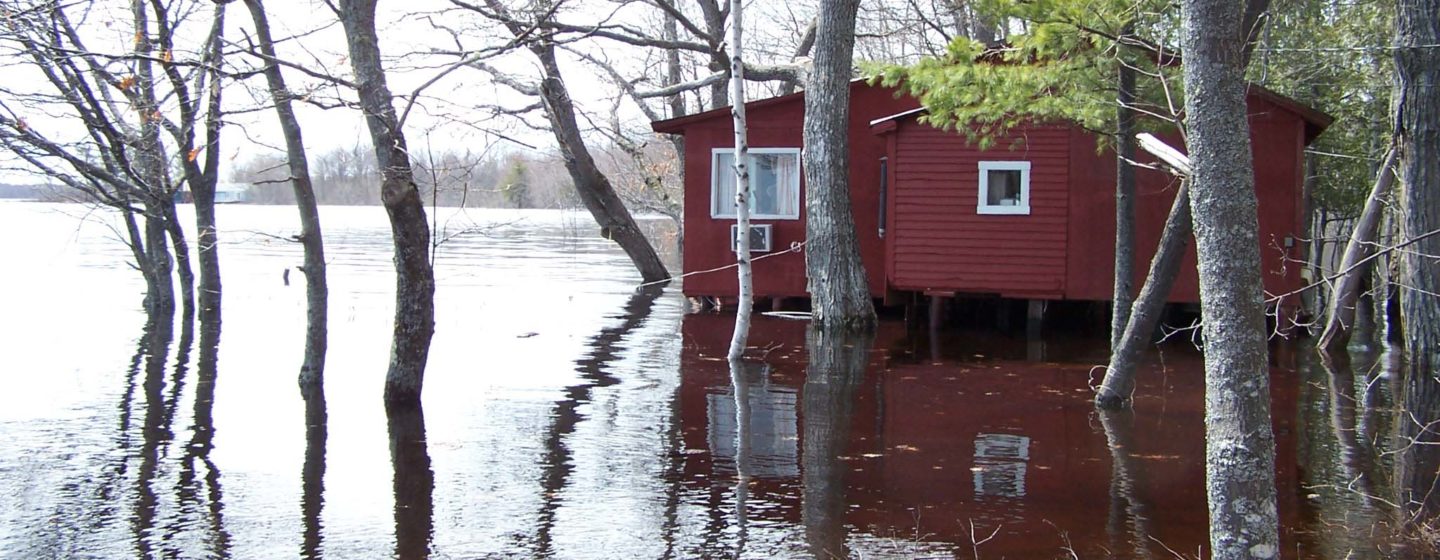January 30, 2019

At our 2018 Collaborating for Climate-Resilient Communities event, sponsored by The Insurance Bureau of Canada and RSA Canada, we shared our regional approach to building resilience and reducing climate and flood risk in the Saint John River. It was an opportunity for us to join the broader conversation about the roles that the insurance industry, real estate managers, urban planners and government can all play in mitigating climate impacts.
Our cross-sector panel of experts each shared their perspective and experiences:
- WWF-Canada’s own Simon Mitchell discussed his work over the last six years in the Saint John River, convening distant community partners to collectively assess vulnerabilities, develop plans and gain municipal support. He highlighted the need for local champions, capacity and connections to address flooding.
- David McGown from the Insurance Bureau of Canada talked about the very real costs of climate change: where the insured costs of Canadian home owners and businesses used to be $400 million per year in the 1980s, today they are over $1 billion per year. David also highlighted the role of natural infrastructure as one important solution to limiting risk – learn more from their recent report.
- Donna Ince from RSA Canada talked about the emergence of flood insurance, and the role of the insurance sector in helping Canadians take action to protect themselves from the impact of flood and other climate hazards.
An especially powerful eye-opener was hearing from Sarah Pacey from the town of Florenceville-Bristol, New Brunswick, who described the on-the-ground realities of a changing climate through the lens of flooding and erosion and detailed the impact of two 100-year storms that took place over the course of a single week.

In Florenceville-Bristol, two one-hundred year storms took place in a single week, which washed out a road that ended up being closed for a year.
Sarah then outlined the various ways the town is now working to manage climate impacts, including:
- The use of rain gardens
- The installation of permeable pavers
- Restoring wetlands and replacing culverts
- Reinforcing riverbanks and putting boulders in streams
- Buying back and naturalizing land along the river
In our 50+ years of conservation, we’ve learned that our biggest successes come from a collaborative approach. Our Saint John River work is an example of partnering with government, industry and communities with focus on finding common ground and developing solutions that work for all. Learn more about our work to cultivate a healthy and resilient Saint John River.
We hosted this event to share these on-the-ground experiences with practitioners and thought-leaders in Toronto. Our next steps are focused on continuing to restore and build natural and green infrastructure in the Saint John River, but we are interested in supporting more broader work on resilience.
If you would like more information or if you have ideas for future work, contact Adrienne Lo at [email protected].


